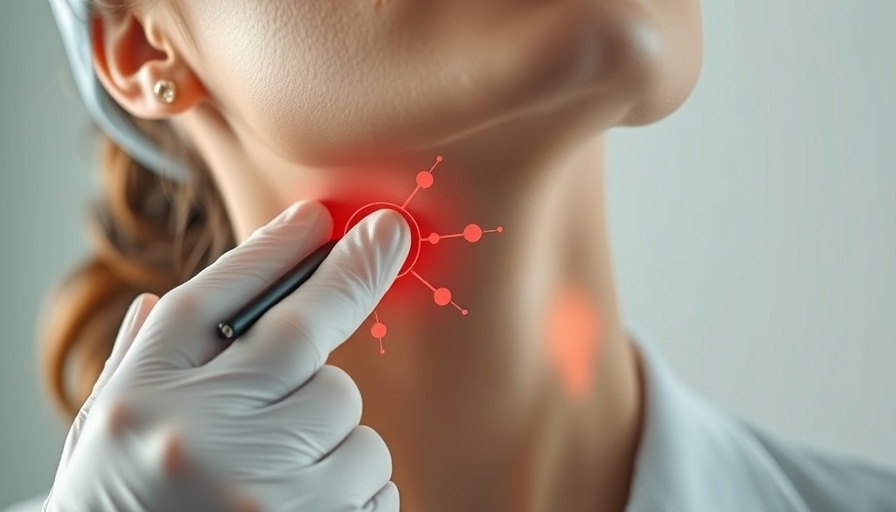
Revolutionizing Skin Care: The Role of AI in Aesthetic Medicine
This past week in dermatology saw significant advancements, particularly surrounding the integration of artificial intelligence (AI) in personal skin care. Technologies like SkinGPT from Haut.AI are transforming how individuals approach their beauty routines. By visually simulating potential outcomes and marrying clinical data with patient insights, these AI tools help users make informed decisions tailored to their uniqueness.
Promising New Treatments Gaining Ground
Among the most notable developments is Ritlecitinib, which has shown promising results for alopecia areata. According to a recent study, nearly half of the patients experienced a favorable response, with sustainability of these improvements in the longer term. This breakthrough could be life-changing for those affected, particularly women and individuals with shorter-duration hair loss. Additionally, roflumilast emerges as a pioneering non-steroidal alternative for infant atopic dermatitis, enhancing safety profiles in pediatric skin conditions.
FDA Approvals: The Significance of Dupilumab
Significantly, the FDA recently approved dupilumab for bullous pemphigoid, marking a major milestone in targeted therapy. This advancement not only broadens treatment options but also symbolizes hope for patients suffering from chronic autoimmune skin diseases. Such therapies are crucial in surfacing effective treatments that minimize systemic side effects often associated with traditional therapies.
Inclusivity in Dermatology: Addressing Barriers in Care
One key takeaway from this week is the growing emphasis on inclusive language in dermatology. By focusing on language that resonates with diverse communities, practitioners can improve patient outcomes significantly. This approach is particularly vital for LGBTQ+ patients, reducing barriers to care and fostering an inclusive healthcare environment.
Emerging Trends in Skin Treatments: What’s Next?
In addition to these breakthroughs, the field continues to see innovations in non-invasive techniques. For example, ongoing research into collagen production methods, including micro-needling and LED light therapy, is promising for skin rejuvenation. With treatments that promote elasticity restoration and skin tightness, cosmetic procedures are becoming safer and more effective, allowing individuals to enhance their natural beauty without significant downtime.
The Intersection of Science and Beauty
This week’s developments underscore a critical intersection where science meets beauty. From ongoing research and clinical trials to the introduction of innovative devices, the landscape of cosmetic dermatology is evolving rapidly. The ongoing adaptations herald a bright future for treatments that are not only effective but also tailored to meet the individual needs of diverse patient populations.
 Add Row
Add Row  Add
Add 




Write A Comment